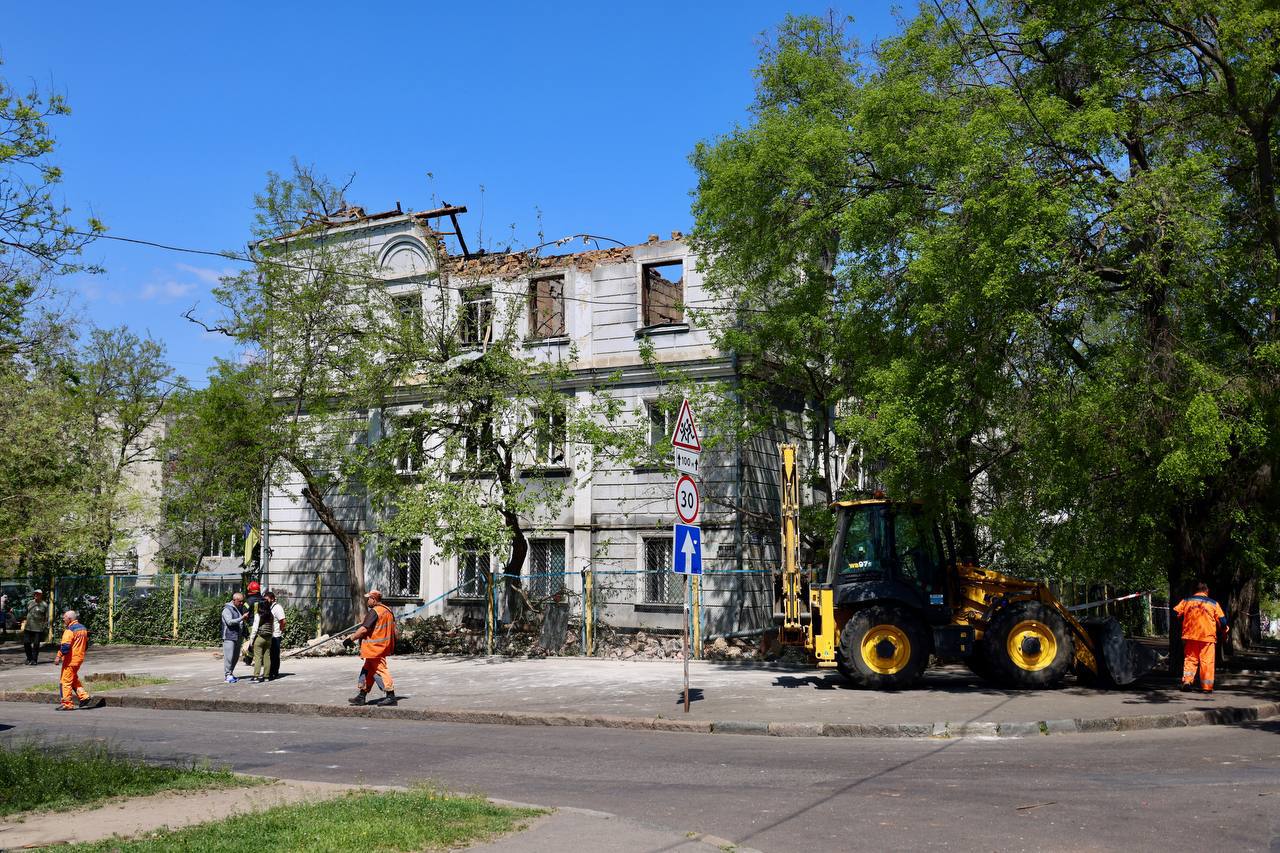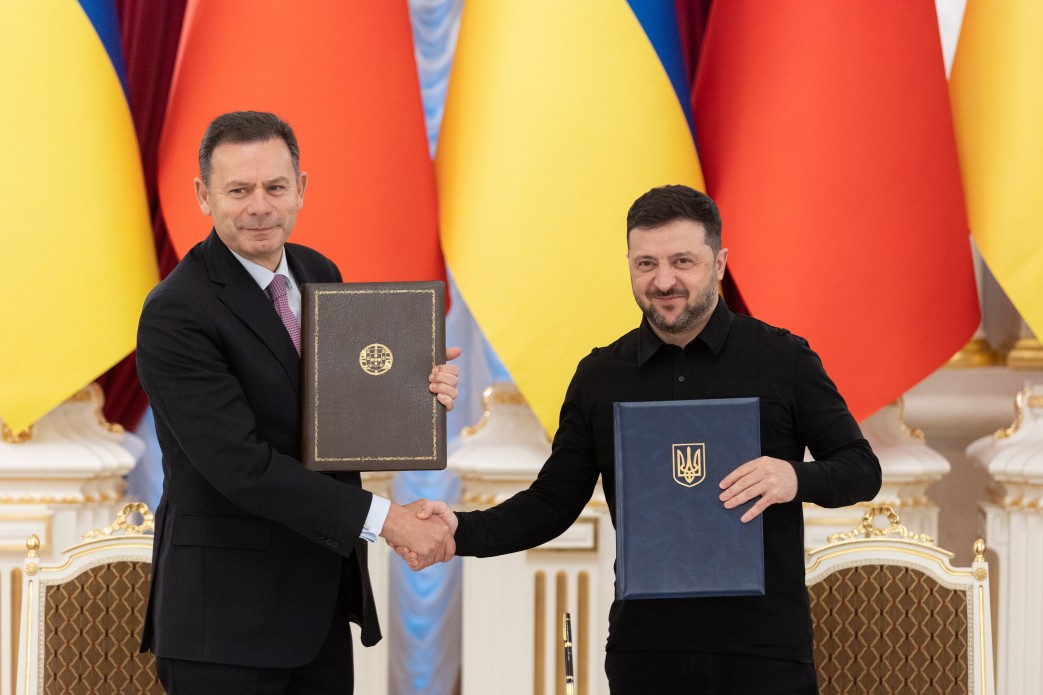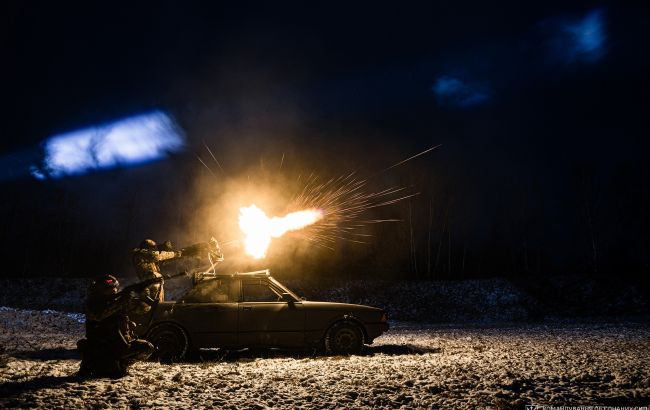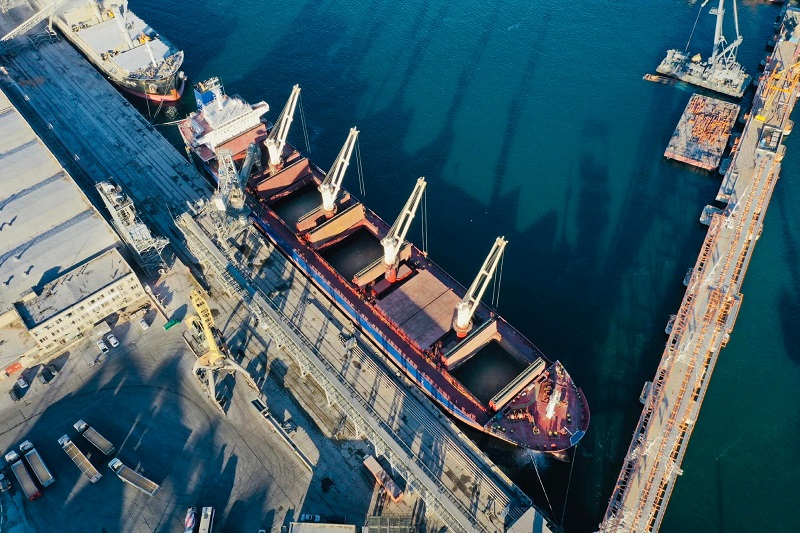By Yuriy Khristenzen, analyst at the media center 'Odessa Political Platform'
– Why are they shelling Odessa?
– Because before capturing a territory, they first turn it into a lifeless lunar landscape.
– Do they still dream of capturing Odessa?
– In April 2014, Russia’s permanent leader laid claims to eight Ukrainian regions. There’s no reason to believe he has changed his plans.
– But Russians are dying in this war, aren’t they?
– In December 2021, the Russian president made claims to control Europe within the borders of 1997. Russians are already dying in a war with NATO over those borders.
– Isn’t NATO stronger?
– Depends on how you measure strength. In 2015, a Russian colonel gave an interview about the concept of terrorist warfare. A thousand militants are cheaper than a single cruise missile. But they can cause far greater damage. NATO doesn’t have enough missiles to eliminate all the militants mobilized by the Kremlin.
– What do you mean, mobilized?
– After occupying a territory, the Kremlin carries out “denazification.” Through terror and combat propaganda, it reshapes the population’s identity. In the new identity, occupation becomes “liberation,” the aggressor is the “defender,” and the destruction and victims are blamed on “enemies” who live in the “not yet liberated” territory. Then the Kremlin mobilizes the “denazified” to avenge their loved ones’ deaths at the hands of these “enemies.”
– Is there no way to refuse?
– There is, if you're willing to pay the price. The Kremlin eliminates dissenters in the occupied territories. Summary executions, mass graves, basements, torture. Those who remain have little choice: either collaborate or get thrown into a basement.
– That’s horrifying.
– The Kremlin has acted this way in every war: in Afghanistan, Angola, Vietnam, Korea, and China—they recruited militants from Soviet-controlled zones. In modern Russia, they recruit reservists from the national republics that were once occupied. We just don’t notice until the war touches us directly.
– Is there a “don’t fight” option in Moscow?
– In the Russian law “On Veterans,” there are only two brief periods when the Kremlin wasn’t waging any wars. The first was after Stalin’s death. The second was during the 1998 default. Every other time, Russia has been engaged in one to seven wars simultaneously.
– But we were told we stood for peace.
– And Russians are still told they stand for peace. They’re not “attacking,” they’re “defending.” They’re not “destroying,” they’re “liberating.” They’re not “occupying,” they’re “taking back what’s theirs.” If they don’t “defend” themselves, NATO soldiers will allegedly unleash “combat mosquitoes” on them, seize their resources, change their gender, and ban the letters “M” and “F” on toilet doors.
– Judging by how slowly the Russian army is advancing, not all Russians believe this.
– Not everyone who believes it agrees to take part. And so far, after the experience of 2022, the Kremlin hasn’t resorted to mass forced mobilization inside Russia.
– So far?
– There’s no reason to believe the Kremlin won’t resume forced mobilization when the time comes.
– That time hasn’t come yet?
– According to the Russian General Staff doctrine, conventional conflict is only one phase of hybrid war. Conventional aggression against Ukraine began in 2014. But photos of militant training with the flags of future “people’s republics” appeared in the late 2000s.
Information narratives of the future war were noted in a Kyiv University study in 2001. By 2004, the Kremlin was openly interfering in Ukrainian elections—using Moscow’s political technologists, money, propaganda, and ballot fraud.
In 2008, after the war with Georgia, “Russian Unity” appeared in Crimea and the “Rodina” (Homeland - ed.) party in Odessa. All of this was part of the hybrid war preceding conventional aggression. We’re seeing the same tactics now in Europe. And perhaps the time for a conventional attack there hasn’t come yet.
– Are the elections in Romania part of the preparation?
– Not just in Romania. This should be obvious from the history of the Kremlin’s wars.
– Is it obvious to Europeans?
– Was it obvious to us that interference in the 2004 elections was preparation for the 2014 aggression, and that the 2014 aggression was the prologue to the full-scale war of 2022?
– Okay, let’s assume the Kremlin doesn’t care about the lives of Russians. And they’re ready to sacrifice the “liberated” people. But NATO has missiles capable of striking the Kremlin!
– At the start of the 2022 aggression, Russian troops shot down a Romanian military plane in the Black Sea. Then they shot down a helicopter carrying an evacuation team. No missiles were launched.
Before and after that, the Kremlin’s special services carried out sabotage and terrorist attacks in NATO countries. They used chemical weapons, blew up military warehouses, and damaged underwater cables. Nothing happened.
– Political impotence. Israel wouldn’t stay silent.
– The Kremlin has been waging a terrorist war against Israel since the mid-20th century. It trained terrorists in Perevalne and at KGB courses in Balashikha. It prepared terrorist leaders in Moscow universities. It armed and trained the armies of Israel’s enemies. It sent "little green men."
In October 2023, Kremlin proxies carried out a terrorist attack on Israel. Just before that, a Russian reconnaissance satellite was placed over the region, and Sputnik radio started broadcasting in Arabic from Beirut.
Terrorist leaders travel to Moscow for instructions. During a military operation, Israel found modern Russian weapons in terrorist warehouses. And nothing happened. Israel is afraid not only to respond but even to acknowledge Moscow's involvement.
– A grim picture emerges. But let’s return to Odessa. Is there any way to reduce the shelling? Maybe they’ll decide to preserve the city center as part of the historical heritage?
– In Palmyra, they shelled a historical heritage that is thousands of years older.
– But do they have any values at all?
– Yes. Based on these values, they are trying to regain control within the borders of the Soviet Union and the Russian Empire. There have been successes in Hungary, Slovakia, Romania, and several other countries. In Bulgaria, work is underway. There is potential in the former Yugoslavia. And Odessa lies in their path.
– How much time do we have?
– Until the dictator’s death or economic default, the Kremlin won’t abandon its plans. A conventional ceasefire is possible, but not the end of the hybrid war.
Conventional resistance could stop conventional aggression. Preventing hybrid plans requires understanding those plans in our minds.
Until we understand and resist, all the drones, missiles, and shells produced in Russia will be launched at us. There are no moral constraints here. Anything heavier than air can fall on us, on Syrians, on Europeans...
From the perspective of the Kremlin’s inhabitants, everything is fine. The dictator’s personal power is strengthening, the amount of black caviar on the table remains constant. The territory is expanding, the people aren’t rebelling. What’s their reason to stop the war?


















